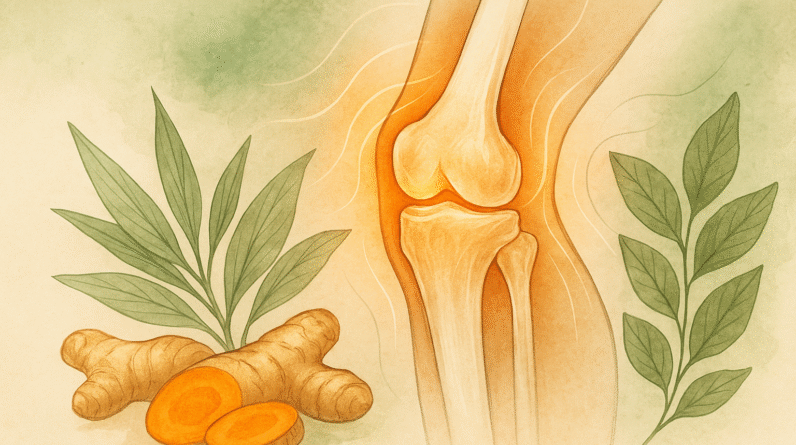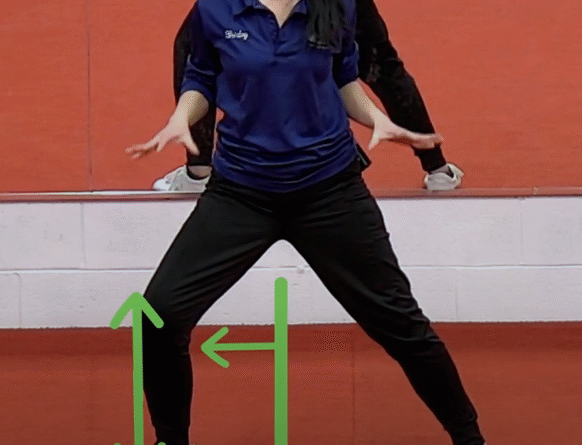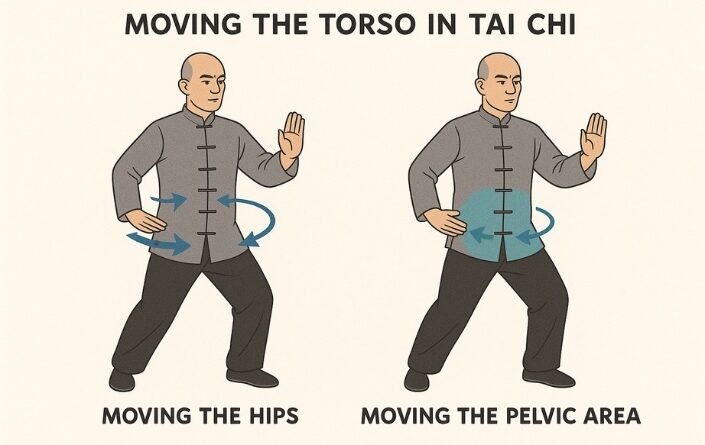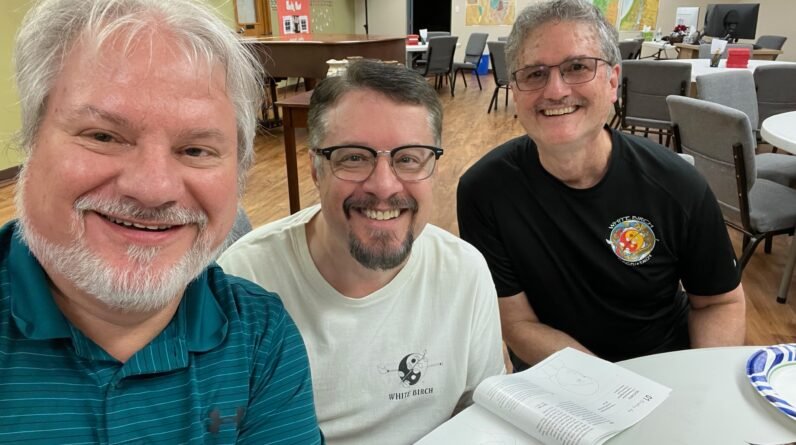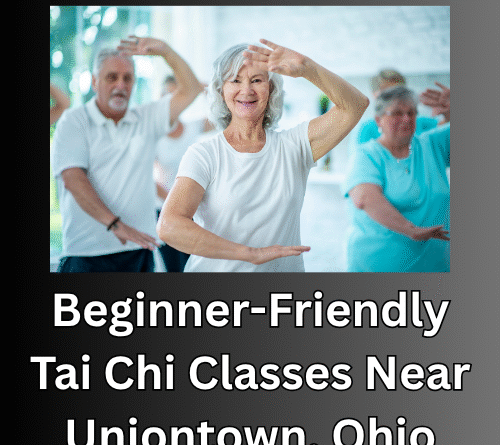
In our Tai Chi and Qigong classes we often highlight important guidelines for proper alignment. Susan Thompson, an Occupational Therapist (OTR) and Tai Chi instructor, recently published a wonderful YouTube video on this topic, entitled “Transform Your Tai Chi Practice with Proper Postural Alignment.”
https://www.youtube.com/watch?v=GBFEn4KPNmo&t=834s
I recommend that you watch her video. She has 7 herniated discs in her spine, yet she experiences no pain, and she attributes this pain-free state to correct practice of Tai Chi. I’ve summarized some of her most important points as follows.
Be aware of your midline as one of your landmarks in movement.
There are three important Dan Tians (lower, middle, and upper) along the midline, and they should remain aligned throughout Tai Chi movements.
We have shoulder and hip kuas, and they need to stay aligned. Imagine a beautiful fine silk thread connecting them.
The elbows and knees also serve as landmarks. In movement, elbows shouldn’t go past the knees.
Postural Rules:
1) Rotate rather than twist. Move the whole body as one unit.
2) Never cross the midline. (Rather, we may create the illusion that we cross our midline.)
3) No collapsing. Tai Chi is always expanding and elongating our centerline (and in fact all of our lines). Rather than “tuck the tailbone,” think of the centerline being like a rubber band with a weight on the end of it—let the weight sink down and pour weight into the sit bones, allowing the spine to elongate. That’s provides just enough adjustment for the pelvic tilt. Also be careful regarding the concept of “hollowing of chest,” which can easily lead to collapsing—we need to keep our scapula stable. Rather than “hollowing chest,” sink the elbows down, lengthen the spine, and imagine your chest being nice and soft, receiving like a ball.
Watching the video is helpful because she demonstrates these concepts while wearing a shirt with a spine drawing–you can easily see the impact of these concepts upon the spine. Even those who don’t practice Tai Chi would benefit from this information.


